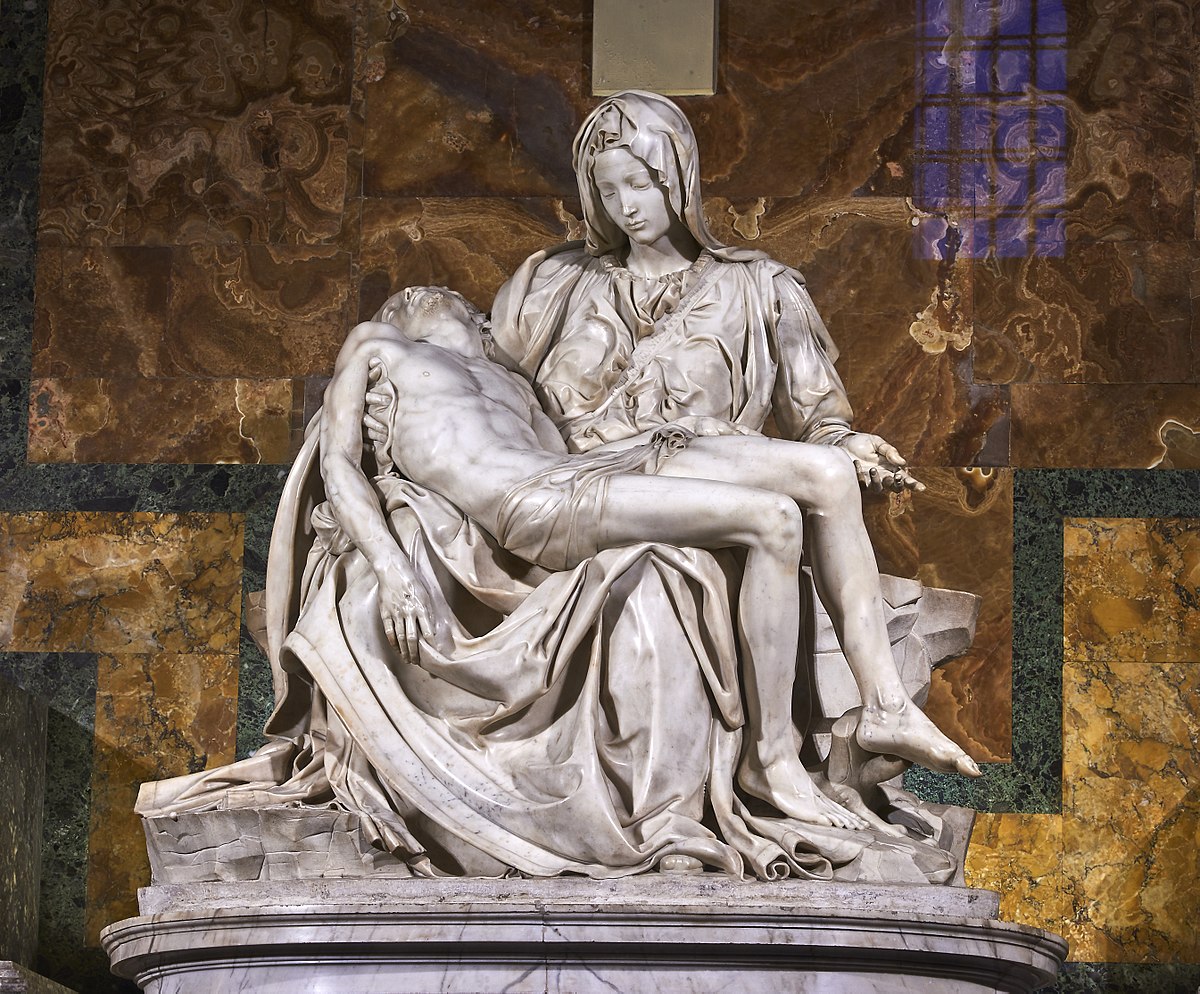I have conversations with artists through their work. You’d think it would be one-sided, especially if the artist is dead, but as you grow and develop as a person, you might see something in their work in a different way than before, mostly because your life experience has changed or your perceptions have changed. This also effects the way I speak through my own work.
My conversations with the living include people who inspire me through thoroughly authentic moments, genuine action and interest, or who are making a real go at living with some kind of integrity. For example, my girlfriend brings flowers to the studio and I’ve found myself making drawings and paintings of them, in a vase, with a simple line delineating the tabletop, a reference to the horizon. There’s definitely some thought involved, along with the constantly evolving use of visual linguistics, color symbology, and metaphoric associations. I do enjoy involving my mind in the multi-stability of perception’s artifice, although these articulations of flowers have been more about her, and the feelings we’ve shared, than anything.
Another person on that list is my dad, Rick, who introduced me to different religious concepts more as a common theme, with a message that truth might be more holistic, and manifest in expressions that are specific to a person’s language. He gave me a more inclusive introduction to spirituality and to life itself.
My sister, Valkyrie, has helped me with day-to-day interaction with the real world—stuff like arranging shows, hosting people, sending emails, and having dialogues. And Lisa, my mom, has been a major influence. When I was young, she had a book called Drawing from the Right Side of the Brain by Betty Edwards. One of the exercises was drawing a cube. Being able to represent three-dimensional space on a two-dimensional surface was big for me. My mom also gave me art supplies and things to read for birthdays and Christmas and in-between days.
As for the list below, I do very much like to think of their presence in my life as occurring through conversations as much as influence.

Lately I’ve been reading a book on Matisse and have been thoroughly inspired by the balance of critical abandonment and sentient joy that he involves in his styles of painting. The chapel he designed, Chapelle du Rosaire de Vence, is such an overwhelmingly sublime composition of light, line, color, and shapes in space. I’ve yet to see it in person, but even via photograph and video it’s left an impression on me, on my life, and on the way I orchestrate my work for art showings and installations.

Found in a cave 25,000 years ago in southwest of France, the Venus is one of the earliest sculptural renditions of human form, beauty, and poetic symbolism. Time and notions of the ideal may change, but there is a common theme to the human experience that we share.

He’s a friend and artist who I respect and enjoy. He’s very different than myself. Relative to my work, he’s more repetitious in his subject matter and motifs. He’s also enthralled with all the nuances and subtle changes in application of paint that he gets into. He has this language in the way he both works with himself and with his work that’s very poignant. I can relate to him on multiple levels.

I’m influenced by Greek sculpture, which I see running parallel to my own work. I find it compelling how Greek sculpture ranges from classical beauty to the more naturalistic. Also, I’m drawn to their distinctions between the sacred and secular in art, and how they articulate the various aspects of the human psyche via deities and personas.

For whatever reason, early on, maybe in 5th or 6th grade, her work introduced me to the idea that the content and concept of your work didn’t have to be literally bound to the object. It was a great example of the use of metaphor. A flower may represent the entrance to a woman’s womb, but what does that entrance represent? In recent years, I’ve found myself more thoroughly exploring this metaphoric experience of life—moments we’re all bound to interact with on a day to day basis, whether it’s driving in traffic on the 405, listening to the radio, looking at a tube in the pages of your favorite surf magazine, or watching your lover undress.

I’ve identified a lot with the work of Rodin and Michelangelo. I think the Pietà and Michelangelo’s later work incorporate the theme of emergence from abstraction—from stone or plaster or the primordial sea. It conveys the idea of something being created that’s also disguised until you undress its form.

Curren has excellent line quality and there’s a lot of expression in that. Sometimes, things don’t need to convey a specific message. I think what he does can be seen as performance art. Surfing can be approached as a sport or more as an artistic expression. He’s someone I appreciate because he approaches it more as a creative form than as an athletic conquest.

Surfers spend so much time in the water looking at the horizon that you start to have associations with it. Rothko gets that in his own way.









